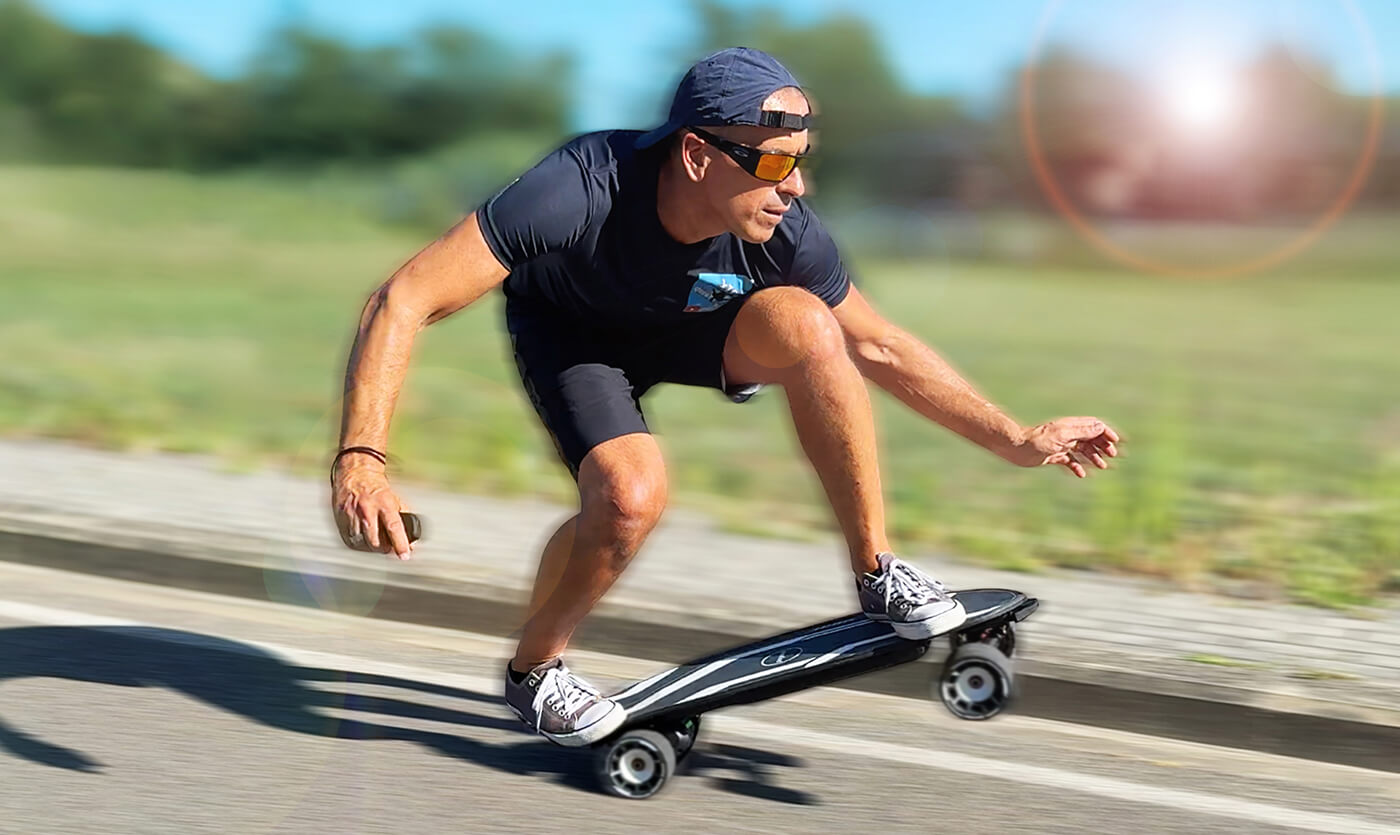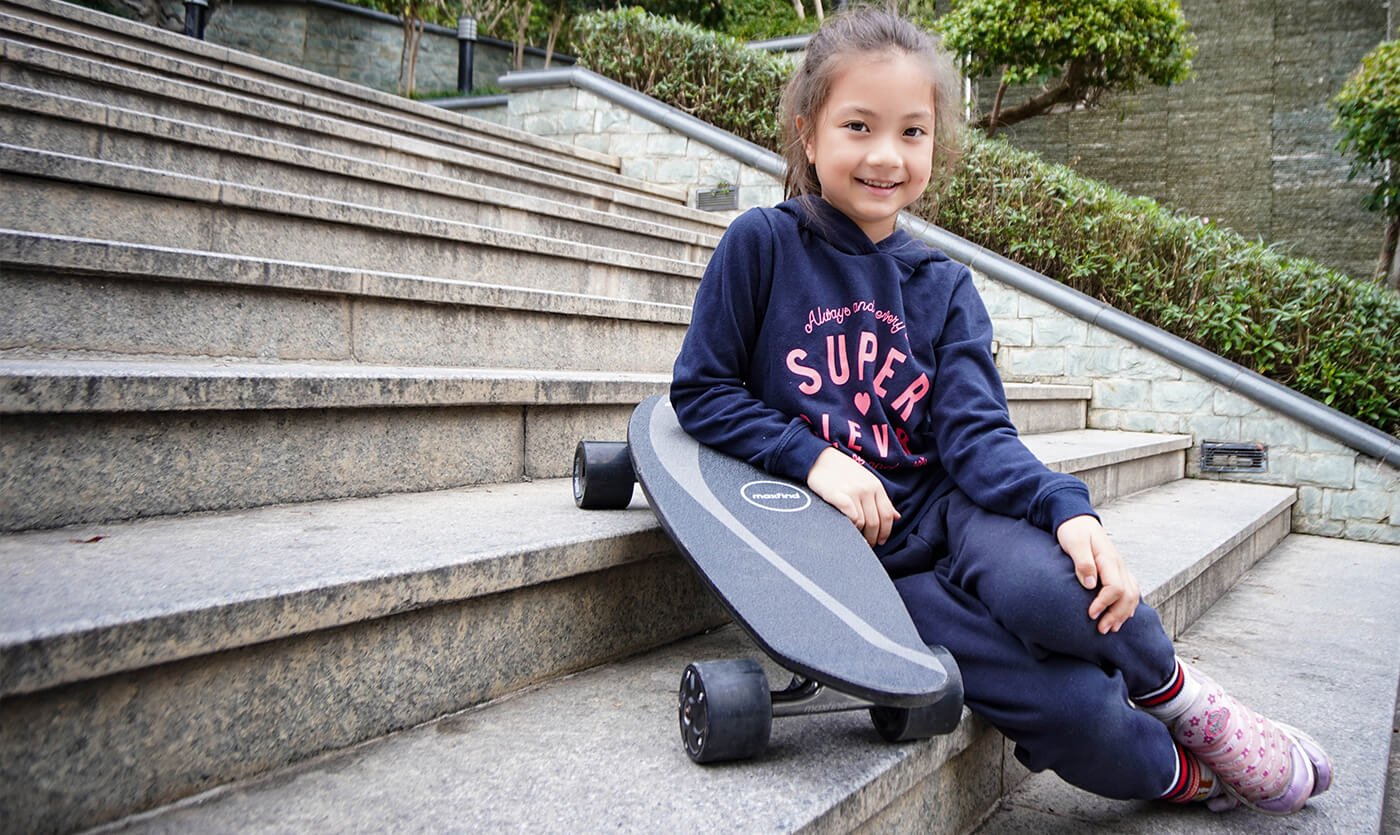Starting out in skateboarding is exciting, but one of the first questions many beginners ask is: Which foot should go in front? That’s where the terms “goofy” and “regular” come in. Figuring out your stance can help you feel more comfortable on the board, build confidence, and avoid unnecessary frustration as you learn. In this guide, we’ll break it all down using simple language and easy-to-follow tips.

What Does Goofy and Regular Mean?
In skateboarding, your stance refers to how you position your feet on the board. The two main types are:
-
Regular stance: Your left foot is in front on the board, and your right foot pushes from behind.
-
Goofy stance: Your right foot is in front, and your left foot pushes from behind.
Think of it like choosing which foot leads when you're walking, climbing stairs, or sliding on ice. It's a natural preference, not a matter of skill or strength. And don’t worry—there’s no right or wrong choice. Both stances are equally valid, and many professional skateboarders ride goofy or regular. It’s all about what feels most natural to you.
Why Choosing the Right Stance Matters
Choosing the right stance isn’t about performance—it’s about comfort. When your stance matches your natural balance, you’re more likely to feel confident on the board. That confidence leads to smoother riding, faster learning, and fewer early wipeouts. If you go against your instincts and force an unnatural stance, you might find basic movements like pushing and turning harder than they should be, which can slow your progress and make skating less enjoyable. Picking a stance that feels right from the beginning allows you to focus on the fun part—actually learning how to ride.
5 Simple Ways to Test Your Natural Stance
Still not sure whether you’re goofy or regular? Try these quick and easy tests at home. You don’t need a skateboard yet—just trust your instincts.
The Slide Test
Put on socks and stand on a smooth floor. Have someone gently push you from behind. The foot you naturally put forward to catch yourself is usually your lead foot—meaning it goes in front on the skateboard.
The Stair Step Test
Pretend you’re walking up a flight of stairs. Which foot do you step with first? That first step is typically your dominant foot, which usually stays in the back while riding, so the other foot goes in front.
The Push Test
Stand next to your board, step on it, and push off gently. Try it both ways. Pay attention to which direction feels more balanced or comfortable. That’s a strong clue about your natural stance.
The Lean-and-Catch Test
Stand upright and lean forward as if you were about to fall. The foot you instinctively use to stop yourself is often your dominant foot, which you’ll likely want in the back for pushing.
The Hop-On Test
Place your board in front of you and step on without overthinking. Which foot did you place in front? Go with that—it’s often the best indication of what feels right.
What If the Tests Don’t Agree?
Don’t worry if different tests give you different results. That’s actually pretty common. Our bodies don’t always follow a perfect rulebook, and some people feel equally comfortable in either stance. If this happens:
-
Try riding both ways for a few minutes (if you have access to a board) and notice which one feels more stable when rolling and turning.
-
Pick one that feels slightly more natural and stick with it for a few sessions before reconsidering.
-
Focus on comfort over logic. If something just feels better, trust it.
Remember, your stance isn't a lifelong commitment. You can always change it as you get more experience, and many skaters learn to ride “switch,” or with their opposite foot forward, as they improve.
What to Do After You Pick a Stance
Once you have a good sense of whether you're goofy or regular, it's time to move forward and actually get comfortable on the board. Here’s what you should do:
-
Practice pushing off in your chosen stance. Go slow at first and focus on balance.
-
Get used to turning and carving, using your front foot to steer and your back foot for power.
-
Repeat short practice sessions in your driveway, at a quiet skatepark, or even indoors on a carpet with the wheels off.
Don’t be afraid to take it slow. Your stance will start to feel more natural the more you ride.
Looking for the Perfect Ride? Try Our Electric Skateboards
Suppose you’re ready to take things to the next level and want a smooth, fast, and reliable way to commute or cruise around town. Check out our electric skateboards at Maxfind. Whether you're a student commuting across campus, a professional looking for a quick and eco-friendly ride, or just someone who wants to explore your city with ease, our electric skateboards are a wise choice.
Maxfind electric skateboards combine powerful motors, long-lasting batteries, and smooth braking for a reliable ride. They’re lightweight, easy to carry, and built with durable materials to handle your daily routine. With beginner-friendly modes and responsive controls, they’re perfect whether you ride goofy or regular.
So if you're figuring out your stance and looking for a board that grows with you—whether you're just starting out or ready to ride electric—Maxfind has you covered. Visit our site today and find the perfect board to match your riding goals.

Common Questions About Stance Choice
Can I switch stances later?
Yes. Many intermediate and advanced skaters practice riding “switch stance” to improve balance and trick variety. That said, it’s best to stick with one stance when you're just starting so you can build a solid foundation first.
Is one stance more common than the other?
Regular stance is slightly more common, but not by much. Studies show that around 55–60% of skaters ride regular, while 40–45% ride goofy. Plenty of pro skaters, including famous names like Tony Hawk, ride goofy.
Does handedness affect my stance?
Not really. While it’s tempting to assume that right-handed people are regular and left-handed people are goofy, it’s not a reliable predictor. Your feet don’t always follow the same dominance patterns as your hands. That’s why the tests are more helpful than guessing based on handedness.
Final Tips Before You Start Skating
As you get going, a few tips can make the process easier. Always wear proper safety gear, including a helmet, wrist guards, and pads, especially while you’re experimenting with stance and balance. Don’t feel discouraged if you find yourself second-guessing your choice—it's okay to change early on if something just doesn’t feel right. Watching videos of other skaters or asking for feedback from more experienced friends can also help you stay motivated and improve faster. Most importantly, don’t overthink it. Skateboarding should be fun, and figuring out your stance is just the first step of the journey.
More Reading: FAQ for Beginners on Electric Skateboards






Share:
Can You Convert a Regular Skateboard into an Electric Skateboard?
How to Maintain Electric Skateboard Batteries?